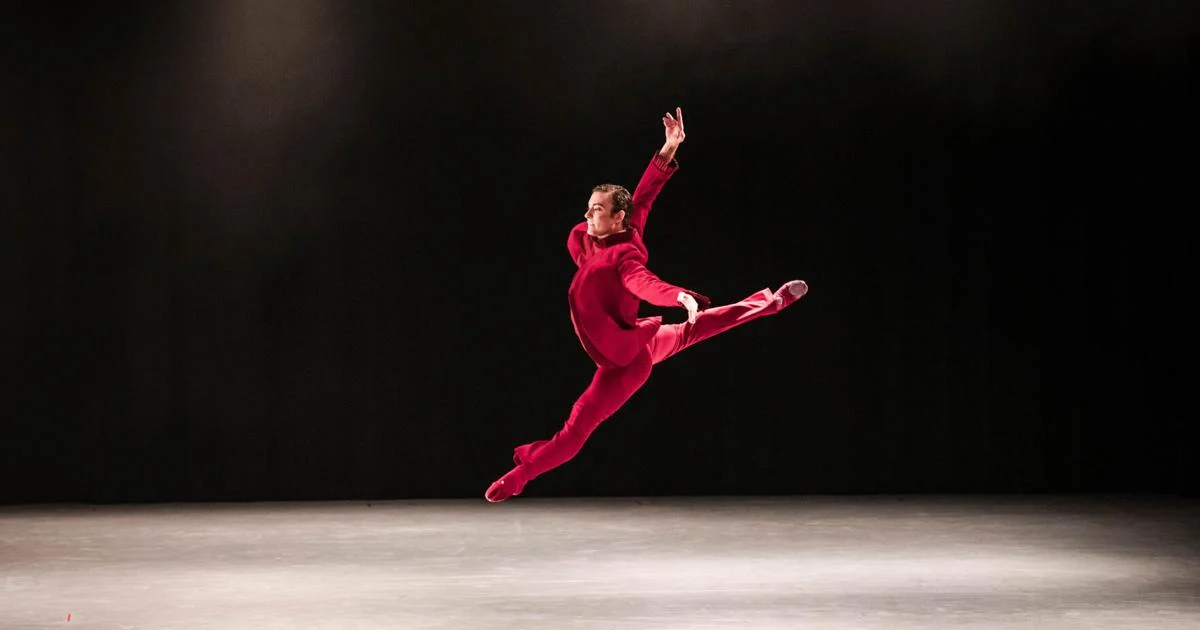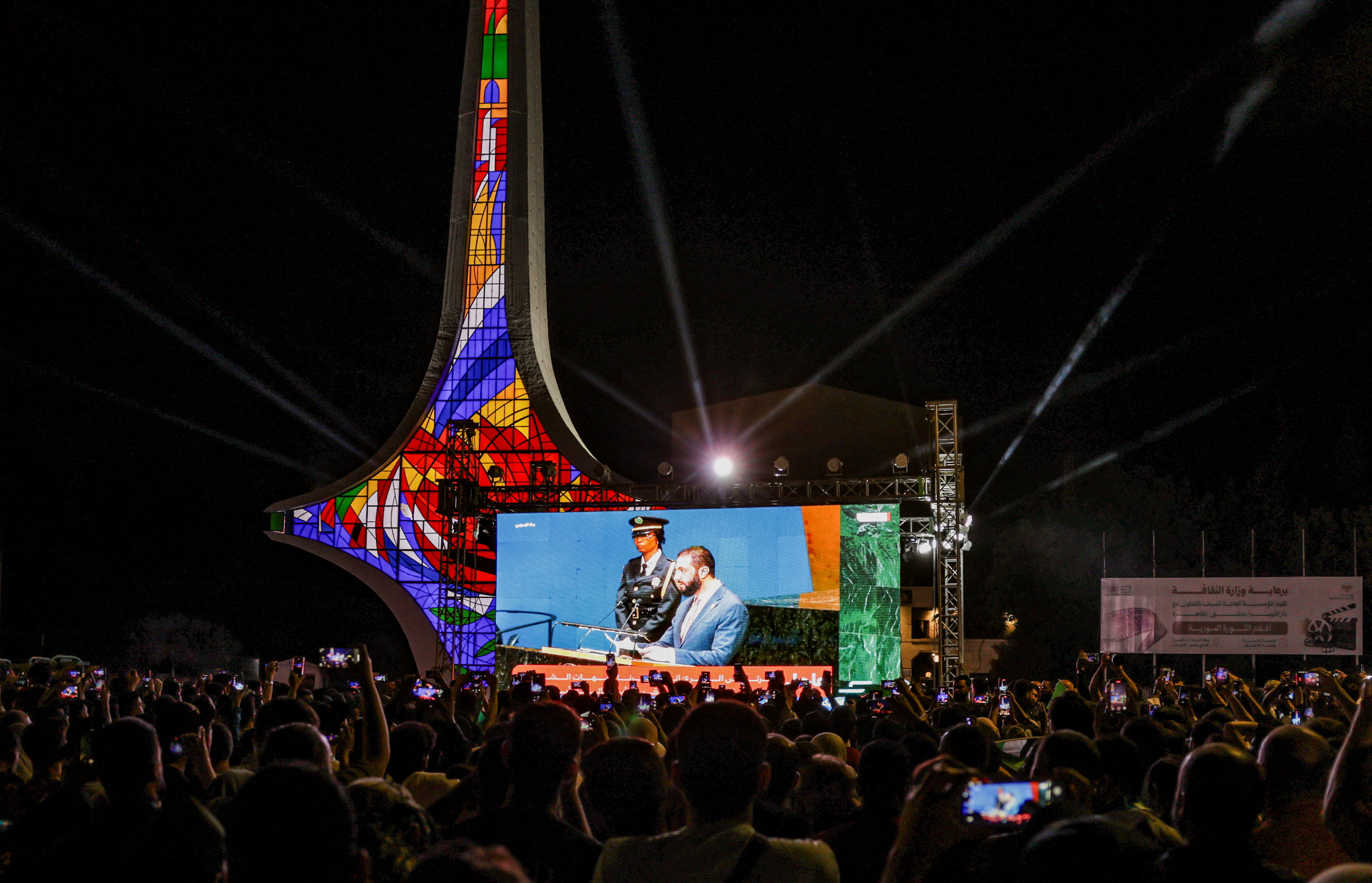
James D. Watts Jr.
Tulsa World Scene Reporter
Get email notifications on {{subject}} daily!
Your notification has been saved.
There was a problem saving your notification.
{{description}}
Email notifications are only sent once a day, and only if there are new matching items.
Followed notifications
Please log in to use this feature
Log In
Don’t have an account? Sign Up Today
Ballets that blend classical dance and cowboy characters have been around for decades, and Tulsa Ballet has performed its fair share of them in years past, from Agnes de Mille’s “Rodeo” to George Balanchine’s “Western Symphony.”
The company has also performed a ballet set to songs by a contemporary country artist: Daniel Pelzig’s “Nine Lives,” which used songs by Lyle Lovett as its score.
But this year’s “Creations in Studio K” marks the first time this Oklahoma dance company has included a ballet with a definite cowboy cachet, set to classic and contemporary country songs.
And the company hired a British choreographer to create it, because…well, because why not?
Actually, it’s because choreographer Kenneth Tindall has already created two very different, very impressive works for Tulsa Ballet: the noir-ish take on “Carmen” that premiered in 2022, and the candy-colored extravaganza that was “Alice in Wonderland,” which was part of the company’s 2024-2025 season.
Tindall had originally created his latest piece, “Tennessee Whiskey,” to be performed at Tulsa Ballet’s Icons & Idols gala, and reworked it to be part of “Creations in Studio K.”
It’s a collection of four vignettes, two of which are set to songs by Chris Stapleton (the title piece and “White Horse”), one by Oologah native Zach Bryan (“Oklahoma Smokeshow”), with the finale making use of what is possibly the most iconic country crossover hit, “The Devil Went Down to Georgia” by the Charlie Daniels Band.
Listen now and subscribe: Apple Podcasts | Google Podcasts | Spotify | RSS Feed | SoundStack
Perhaps because this piece was originally designed to be performed in a large ballroom, where an audience’s attention might easily be distracted, these dances have an out-sized, overexaggerated quality to them. Sometimes that approach works, as in the “White Horse” piece, with the vigorous performances of Nao Ota and Jun Masuda, and in the “Devil Went Down to Georgia” finale, which incorporates moves associated with line dancing, and which was designed to be nothing more a boot-scootin’ good time.
The evening began with “Requiem for a Soul,” by Stephanie Martinez, set to music of Mozart. Martinez, whose previous work for the company, “Something to Remember You By,” was created for Tulsa Ballet II, said this work is “a requiem in reverse,” that evokes Mozart’s life from the moment of his death as he looks back over the life he has lived, and the music — the embodiment of his genius — that remains behind.
It’s an ambitious concept, but one that Martinez’ ballet never quite succeeded in realizing. For example, Masuda and Teague Applegate embodied the “Young Mozart” and “Mature Mozart,” respectively, but if they had not been so listed in the program, I doubt anyone would have made that connection.
This is not to say that the piece was not expertly done. Martinez’s choreography is studded with some impressive, even startling moments of dazzling physicality, and the perpetual motion quality of the work — the five movements were present practically without pause, and the dancers themselves seemed to be in constant motion from first note to last — gave it the energy to carry the audience along.
The third piece on the program was created by Natasha Adorlee, making her company debut with Tulsa Ballet. And an impressive debut it was. Her “Horas de Hamras,” created for Tulsa Ballet II, was the most impressive and compelling of the three works, both in how it was made and how it was performed.
In one sense, it reminded me of Nacho Duato’s “Jardi Tancat,” which Tulsa Ballet first performed in 1999. It has the same kind of power: an earthy evocation of lives consumed by the need simply to subsist, so that when fundamental feelings surface, be they tender or violent, they hit with volcanic force, even though whatever catharsis they might provide never seem to last under a punishing copper sun.
The Tulsa Ballet II dancers brought impressive energy and commitment to this work, whether in solos (Shunsuke Nakamura’s performance in “Echo Within”), duets (Audrey Williamson and Elias Fahle in “The Hour of Yearning”) and as an ensemble (the men in “Le Quien Redime,” the women in “Roots of the Earth”). From start to finish, this was a dazzling performance by some superbly talented dancers.
“Creations in Studio K” continues with performances Thursday-Sunday, Sept. 25-28, at Studio K at Tulsa Ballet, 1212 E. 45th Place. For tickets and more information: tulsaballet.org.
james.watts@tulsaworld.com
Stay up-to-date on what’s happening
Receive the latest in local entertainment news in your inbox weekly!
* I understand and agree that registration on or use of this site constitutes agreement to its user agreement and privacy policy.
James D. Watts Jr.
Tulsa World Scene Reporter
Get email notifications on {{subject}} daily!
Your notification has been saved.
There was a problem saving your notification.
{{description}}
Email notifications are only sent once a day, and only if there are new matching items.
Followed notifications
Please log in to use this feature
Log In
Don’t have an account? Sign Up Today



